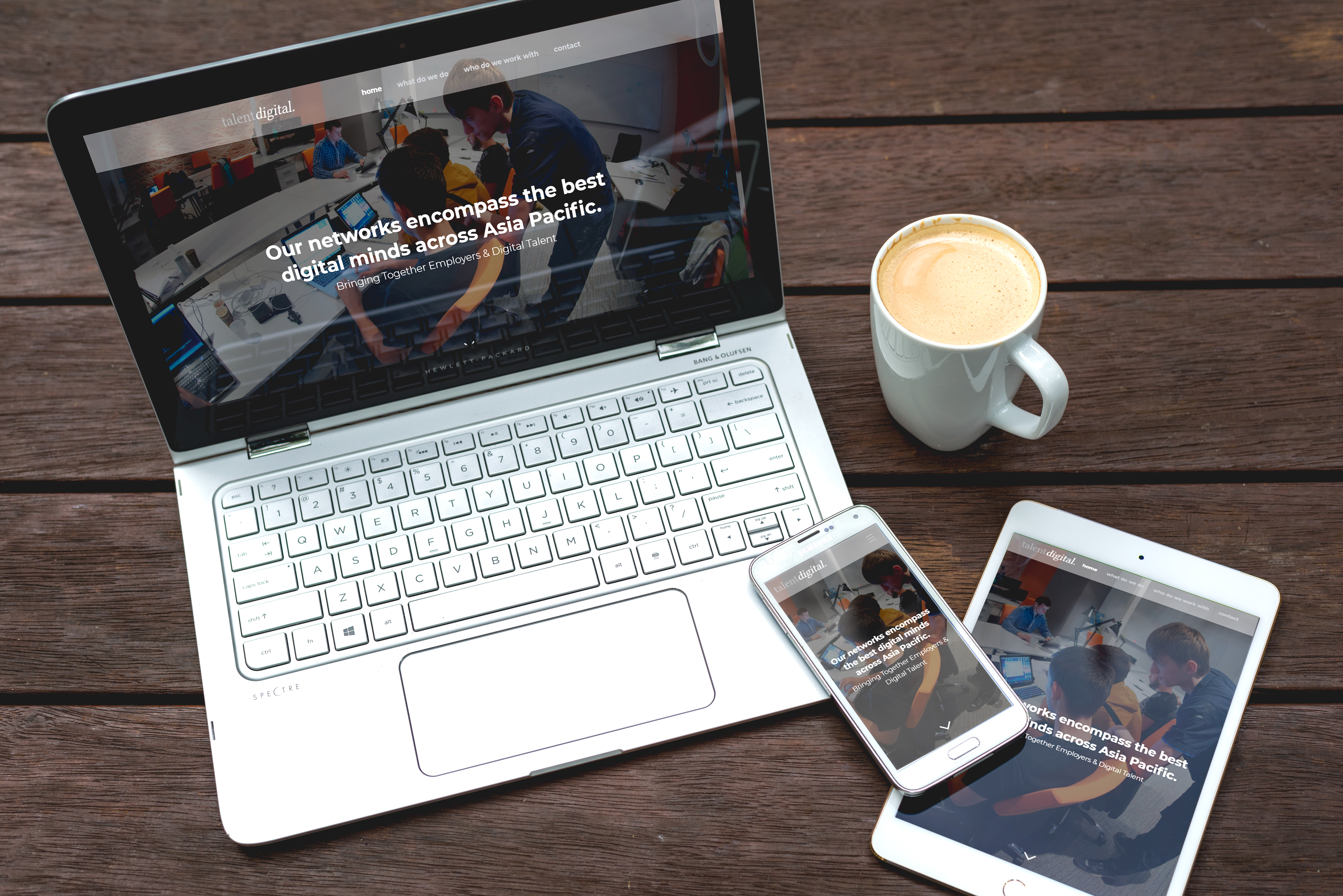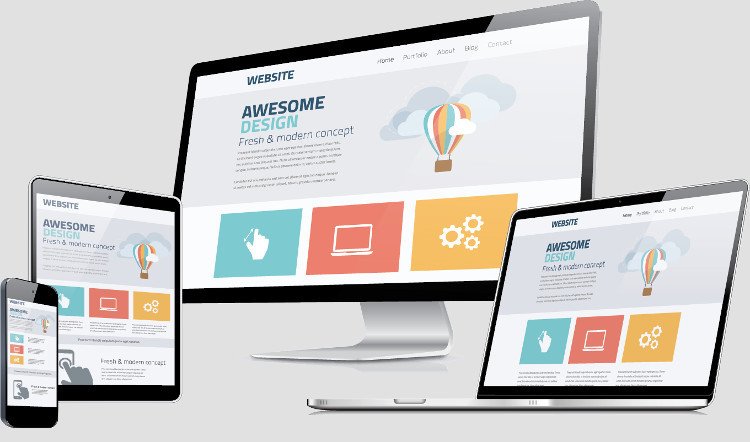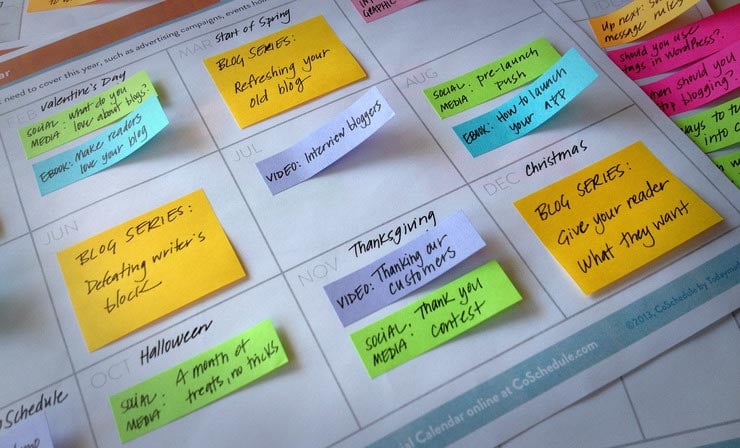Why Content Is Such A Fundamental Part Of The Website Design Process
When starting a brand-new website project, designers tend to focus on the aesthetics and functionality of their work. This means that material writing is a job typically pushed onto the customer to satisfy. The unfortunate consequence of this decision is that the website's content ultimately comes in too late, in the wrong format, and of poor quality.
When it comes to composing material, I'm sorry to state that clients are often just not very good. My clients are fantastic in many methods, but writing convincing and informative content that prompts the reader to action, is usually not one of their skills.
As a web designer myself, I have been guilty of encouraging my customers to produce their own material. In one project I used Google Drive to handle the procedure.
The customer required a lot of training on how to utilize the document editor and when they lastly produced the content much of it did not have focus. I had to tell them it was unfeasible. They went back to the drawing board and the task took months longer than it otherwise might have.
I in some cases seem like I've invested half my career waiting around for clients to write material. The other half has been spent attempting to ensure whatever they produce doesn't ruin the style.
Material production within the site style process can be difficult to manage. In this article I share my crucial learnings from years of experience, along with offer some ideas to boost your own procedures.
The Difference Between Design And Content #
In its most important form, content is the material that users take in. Material can take the shape of words, pictures, video and audio. It is the concrete material that people cognitively take in, where style is the discussion of that content, influencing how individuals feel in the moment. They are symbiotic, yet distinct in their own.
A typical misconception among clients, and even designers themselves, is that design and content are one and the exact same. As such, it becomes exceptionally tough to know where the work of the designer ends. Many web designers will acknowledge that it is not their job to produce video content, but at the very same time, they may stray into the production of composed material. This is not a problem if the designer has the proficiency and resources to provide on this basic aspect of the task, but usually they do not, and nor does their client. The reality is that style and content are totally different.
It is necessary, therefore, that content be given its place alongside visual style during the web advancement procedure.
Why We Should Start With Content #
There is a well-known maxim substantiated of the structure market in the 1800s which specifies that form follows function. Created by architect Louis Sullivan, his complete quote reveals this concept eloquently:
Architects know that if a building does not satisfy real life needs, it would be impractical, no matter how nice it appeared. This law can be applied straight to the way we construct sites today. The fairly modern-day role of the UX designer was planned to serve as the glue between kind and function, bridging the space in between what something appears like and how it is communicated with. But the truth is that few projects carry the spending plan for a devoted UX designer, and as such this duty typically is up to the web designer who might be more concerned with aesthetic appeals.
The client, who comes to us for guidance, is mostly thinking about what a site can do for them. Their function is to bring their business objectives and professional understanding, not to compose pages of material.
Can you see the problem? A cavernous gap has actually emerged, one that enables the production of content to fail. We require to bring content production into our website style process, which suggests producing an area for it at the start.

Naturally, this extension to our task will incur a greater cost. This typically indicates the need for expert content production is consulted with resistance. Let's have a look at some methods for dealing with this.
What To Do If Your Client Can not Afford Copywriting #
Not just does content production often represent an unwelcome deviation for a designer, but clients also see it as an unneeded cost. We should challenge this mindset, and that begins by covering the positives. Expert site copy will:
• Consolidate and solidify the total brand name message.

• Save a great deal of time for you and the client.
• Make the design (and the design procedure) more reliable.
• Result in a much better end user experience.
The bottom line? Expertly written material will drive a greater return on the total investment.
The reason that customers typically declare they "can not afford" copywriting is since they do not understand what it can do for them. They do not appreciate the capacity for a return, and therefore they are reluctant to make the financial investment. Simple economics commands that if you can make the deal compelling, the person will desire it. Use those bullet points above to instil the vigor of great material, not simply on the web, but in company comms more normally.
I just recently worked with a company whose services proved a difficulty to understand in the beginning, but with the assistance of a copywriter we established a sitemap that showed both the end-user's requirements and covered what was on offer succinctly. This released me as much as deal with the visual style system and more technical combinations. Without this financial investment in material production, completion result would have been much poorer for it.
Now let's take a look at some strategies for plugging content writing into the website development procedure.
Strategies For Stitching Design And Content Together #
If you want to produce an excellent website that fulfils business objectives of your customer and does not give you the headache of sourcing content along the way, you will require to offer copywriting its due attention. After years of battling with this, what follows are some core concepts I've utilized to improve the procedure.
1. RUN A CONTENT WORKSHOP WITH YOUR CLIENT #
Investing a number of hours concentrating on content allows you to exercise what is important to the job. It likewise internalizes a team-wide sense of how important material is. Here are some methods you may run such a session:
• Discuss the overarching goals by asking great, open-ended concerns such as "what might a visitor want from the homepage? Who would discover this piece of content beneficial? How might the visitor continue after having read this page?"
• Intentionally guide the discussion far from how things may look, instead concentrating on messaging, and how we anticipate the visitor to feel.
• Consider front-loading the session with a definition of material and showing some good/bad examples. Ask the team for their live feedback to evaluate and direct their understanding.
This session is as much symbolic as it is concrete in use. Whilst some solid ideas will come out of the meeting, it's genuine purpose is to get the client on board with the concept that style and material are separate deliverables. Taking this an action even more, you might select to run this workshop as an individual product for which the customer pays a fixed cost, before you even begin speaking about website design.
2. PARTNER WITH A COPYWRITER AHEAD OF TIME #
By bringing a copywriter into your procedure you can effectively merge their service with yours. A typical technique numerous web designers take when preparing a quote for a client is to make a list of each service. For instance, they might divide front-end and back-end development into different deliverables. This is an issue, due to the fact that it creates a chance for the customer to ask unhelpful concerns. Querying an investment is, obviously, sensible, however in this case it can require you to validate individual services that are required to deliver the entire.
Among the very best methods to incorporate content writing into your delivery process is to just begin acting like it is a non-negotiable action. The next time you prepare a quote, include copywriting as a basic part of the process like any other. Here is an example declaration you can drop into your propositions to aid with this:
Note: A strong content method is basic to making your site redesign a success. As part of this proposal we will establish content for your brand-new site that will resonate with your visitors and timely action from them. We will perform an interview with you to understand your audience and goals, and integrate this into our material composing process.
If this is consulted with questions, or if your client wishes to drop this part to conserve expenses, refer back to the benefits I laid out earlier.
3. USAGE REAL CONTENT AS QUICKLY AS POSSIBLE #
To this day I in some cases discover myself developing layouts using Lorem Ipsum placeholder copy. I slap myself on the wrist each time. In a perfect world, design would not begin until you have, at least, a few of the content. It's difficult to bring a piece of style to life unless its purpose is rooted in a real life use case, and placeholder text just does not achieve that.
Don't be tempted, either, to start writing material as you style. I have tried this, and unfortunately the copy tends to get subsumed by the style procedure and forgotten about. Just when it's time to launch does someone question it, by which point it becomes a headache to rectify. You don't want to be retrofitting a material method deep into the style procedure; utilize genuine material as early on in your project as you can.
4. INTERROGATE THE BRAND #
Our clients mission and worths supply a deep well of content that a lot of designers barely dip their feet into. Lots of insights and content ideas can be discovered here, but it implies stepping back from the site process to question the brand. This can appear rather complicated, but it is typically worth doing in order to comprehend the core motivations of the task. Here are some concerns you can ask your client to assist form a content method:
• Why do you do what you do?
• How does your services or product make your consumer's life better?
• How do your customers explain you?
• Who are your rivals and how do you vary?
• Where will this project take you?
The goal here is to get the customer thinking about themselves and their customers. Your objective is to equate their reactions into helpful content and design choices. When a customer is struggling to comprehend the worth of the substance of content, these discussions can cause a couple of "lightbulb" minutes.
If you're feeling vibrant, consider bringing your clients' consumers into the conversation too to include an extra dimension. This may feel a little frightening, but you could do it Click for more info in any of the following ways:
• Ask for existing feedback that your customer might have gotten from their clients. Look for typical questions or grievances.
• Conduct a study with their consumers, acting either on behalf of the client or as yourself.
• Organise a series of video interviews with their clients. This might add tremendous value to the project and level you up to a more vital position in the eyes of the customer.
• Bring a handful of clients into your content workshop with the client to involve them in discussions.
It's crucial to bear in mind here that when interrogating the brand, we're just trying to find answers. How do individuals experience this company? Promote an unbiased agenda to minimize in-fighting, and this additional mile will serve you extremely well.
5. IF THE CLIENT IS TO WRITE THEIR OWN CONTENT, MAKE IT EASY FOR THEM #
In situations when the client has in-house resources to produce copy, your task will be to guide them. Here are some suggestions for keeping the job on track:
• Delay jumping into visual design until you have some real material to deal with.
• Give the client a content-delivery due date.
• Set up all the documents for the customer as Word files or Google Drive files. Guarantee each is reflected by a page within the sitemap, and ideally a wireframe to symbolize layout. This gives the client a framework to write within.
• Give them design templates and utilize restrictions to assist them produce material that will work well. Have a field for "page title" and state that it ought to be no more than 6-8 words. Here is a design template that I have actually utilized with my customers in the past.
• If there is no budget plan to run a material workshop, have a pre-recorded video you can point them to or an article on your blog site that explains the point of good content.
• Make content production the responsibility of one individual. If the whole group input, the project will quickly spiral.
Essentially, in cases where your client does not invest in external copywriting, you ought to look for to make the process as simple as possible. Left to their own devices, you might get material in dribs and drabs, and when you lastly piece it together you'll end up with a Frankenstein's Monster. Making it easy for them by managing the process can assist prevent this.
Some Resources To Help Facilitate The Content Process #
Whether you are collecting the material yourself, dealing with a copywriter or leaning on your client to provide it, you need tools and a process. A common approach, and one that has worked for me, usually follows these steps:
• You examine the present website to acquire a much deeper understanding of content that a) requires to be rewritten, b) requires to be erased or, c) requires to be produced from scratch.
• You work with the customer and writer to establish a sitemap, the overarching structure of the website material. Gloomaps is a terrific tool to aid with this, however there are more sophisticated tools such as Miro that supply a collaborative area.
• You mock up content layout using wireframe designs of key pages. You can go deep into this or keep it surface-level. There are devoted apps like UXPin and Mockflow, but I find that Adobe Illustrator works well with the best wireframe UI set.
The essential concept here is to include your client in conversations about material and structure. Frequently designers vanish into a shaded room, emerging weeks later on with a "finished" product. Whilst some customers appreciate a "done for you" service, most discover higher fulfillment by being brought into the process. You'll do better work when you make use of their understanding and experiences, too.

In Summary: Take Content Seriously #
The uncomfortable fact of the matter is that material is the thing you're designing. Influential copywriter and online marketer Eugene Schwartz stated:
" Copy is not composed, it is put together."
Best web designers know that their job is about composition and user experience. We provide the interface to that which the reader seeks. It's often easy to forget this when faced with the politics and preferences of a lot of web design tasks. We get our heads turned by brand-new patterns, expensive CSS animations and the latest structures. We get penetrated the issue, which is what makes us designers and developers in the very first place.
However there will always be a need to refocus. To align our deal with the core objectives of the job, and most of the times, that is merely to get a message across in the clearest way possible.
We need much better content online, and that requires investment. As designers we can fly the flag for expert copywriters, or we can sidetrack ourselves with aesthetic appeals. I've done both, and I can inform you with confidence that the previous produces much better work, faster, and with less trouble.